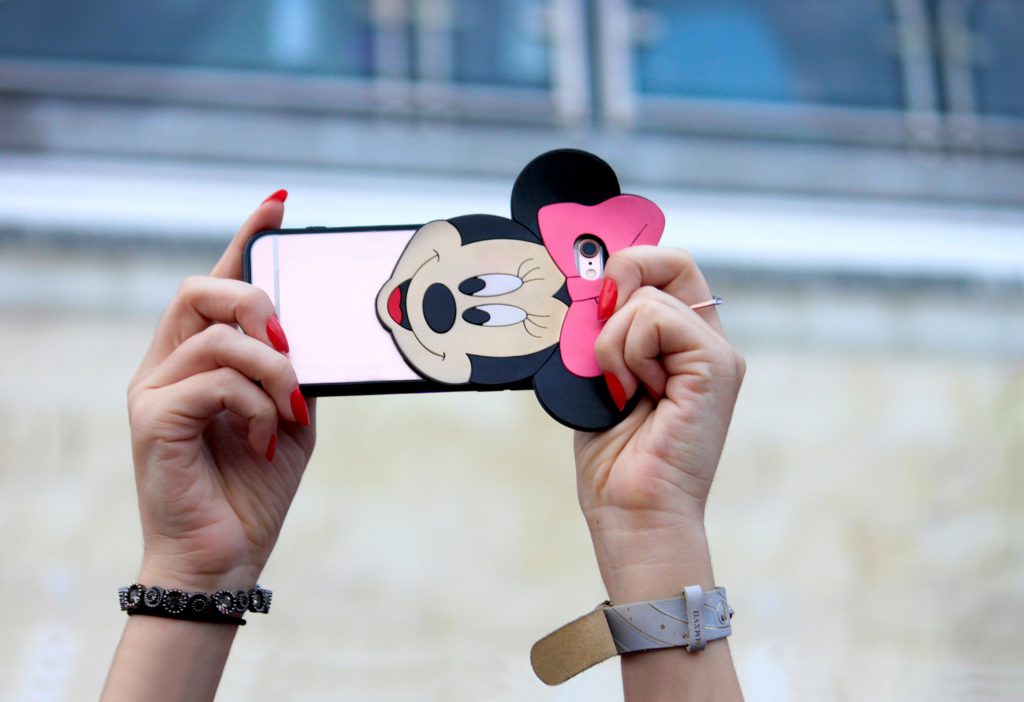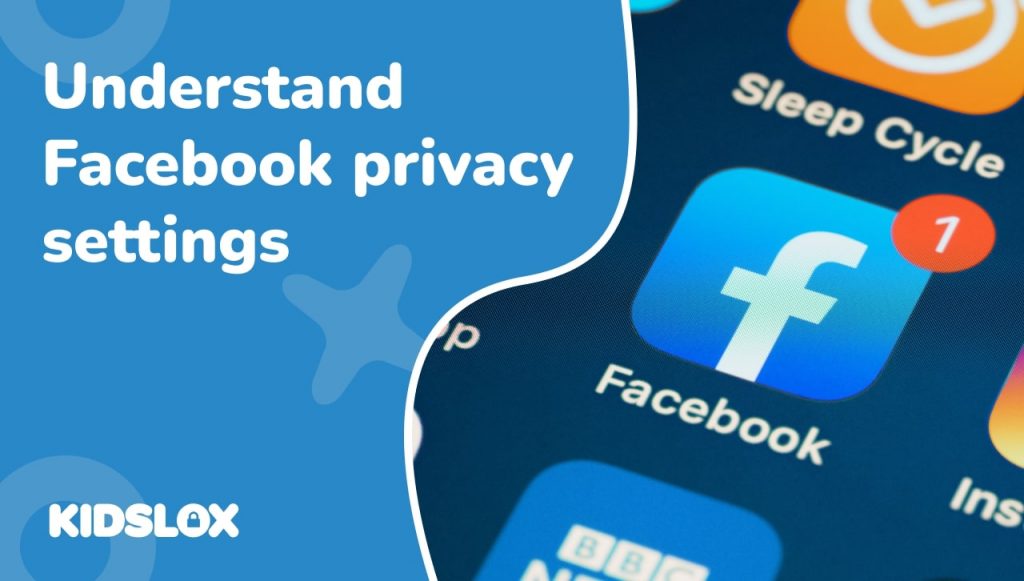With the mushrooming influence of social media on people’s minds, selfies have become a huge part of modern culture. New selfies hit Instagram at a rate of 100 a second. From a simple self-portrait selfies have transformed into a whole culture. Yet many are critical of this trend, saying it promotes self obsession, unhealthy attitudes towards self perception and is especially attractive to young people. Chasing ‘likes’ can quickly become a danger signal, so where’s the borderline between a harmful ‘selfie addiction’ and a natural desire to participate in a defining cultural movement and to capture moments of your day to share with others?
Positive perspectives on selfie culture
Taking selfies is often motivated by a desire to present oneself in a certain way. The number of ‘likes’ a given photo gathers is an easily measurable metric, which of course becomes problematic when people start using it as a metric of their own popularity and even likability. But selfie taking couldn’t have become the cultural phenomenon it has without having some genuine value that people are keen to join in with.
First of all, posting aspirational selfies boosts self-esteem, confidence, and appreciation as well as develops the ability to visualize the desired effect. In such a way, children consciously choose their own projection on a social platform. Comments and likes provide approval and recognition. Still, teens are not afraid of their imperfection (in case it is a natural non-filtered image) taking real-to-life pictures with no concerns.
Another positive aspect is that selfie is viewed as a form of self-expression. Besides traditional drawing, dancing, sewing etc. modern visual world enforces new ways of self-presentation. Teens find selfie to be a natural and effective way of self-expression in terms of visual context.
Additionally, picture taking teaches kids to be creative, to exercise their skills as a photographer, choosing the best perspectives and filters. For many it’s a motivating and fun pastime developing hidden talents.
Negative implications
The reverse side of the coin is that selfie culture teaches children to concentrate on themselves while ignoring the needs of others. A child who is constantly praised can become preoccupied with themselves and forget about the existence of other people in the world. Self-obsession is fertile ground for narcissism that kills empathy. Thus, we might get the generation of egoists who totally don’t care about people surrounding them.
While approval and acceptance tend to increase child’s self-esteem, the lack of online praise can undermine young person’s self-confidence. If they don’t receive the expected number of likes and comments, they may feel unhappy or even depressed about that.
Another danger lies in the fact that social media push teenagers to snap perfect shots of themselves. So young people sometimes just can’t stop taking numerous selfies. Psychologists claim such obsession can transform into selfie addiction for those who already have specific psychological disorders. The latest example is a 22-year-old guy who takes about two hundred photos of himself every day. He spends hours deliberately brushing up, chooses the right time to post pictures, and if they don’t gather enough likes, he removes the snap.
Unfortunately, not all people who surf the Internet mean well. Online bullies and predators are no longer unusual. So an innocent selfie on social media can provoke ugly comments by haters. Or at the worst, a child might become a target for perverts who can blackmail them. Young guys don’t think about the exposed background of their pictures that might include personal details of their life. Abusers are likely to analyze such information and be aware of teens’ daily schedule and whereabouts. Further actions of cheaters are hardly predictable.
Selfie addiction and social media
The overwhelming majority of modern teenagers use social media to gain approval of others. Additionally, Facebook and Instagram are platforms where we give the first impression to others so teens tend to work up a good reputation. By focusing on external aspects of life such as a trendy outfit or a new lipstick young people keep themselves from real relations and friendship. So surprisingly social media prevent people from actual socializing.
Another aspect of social media influence is that image-centric platforms like Instagram might cause depression. The reason for that is the constant urge for users to compare themselves and others. In order to create a perfect profile, teens post only the most amiable selfies, depicting happy moments only and creating the illusion of a happy-go-lucky life. Still, young people forget this imaginary life is not real and the constant comparison drives them crazy. Receiving a proper number of likes within a certain period is the difference between success or failure for teenagers.
Hints for parents
In most cases, selfies are no more than teenage fun and they don’t imply any danger. If you see your child is over-concerned with selfie-taking and it affects their self-esteem and mood, consider starting a conversation about that.
Teach your children that selfies and the feedback they get about them shouldn’t affect their self-esteem in any way. There’s no point in comparing themselves and others as nobody’s perfect and all people have bad days sometimes.
Make sure your offspring doesn’t overuse exposing personal life on self-portraits.
Encourage teens to post pictures they really like to be seen by anybody and they don’t feel shame to show them to mum or granny.
Overall, encourage young people to develop their real not virtual identity and put less significance to their online profile. In such a way selfie addiction won’t absorb them and have a negative impact.





